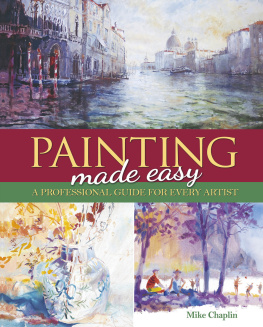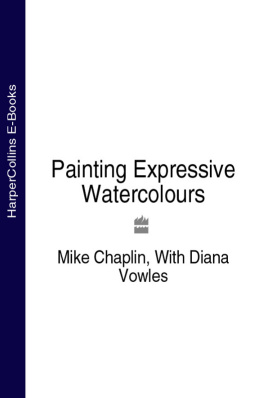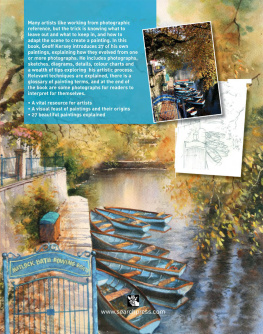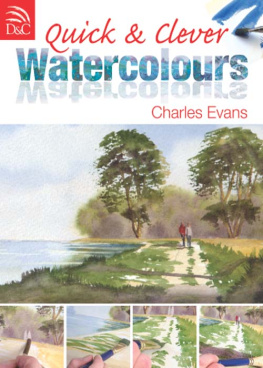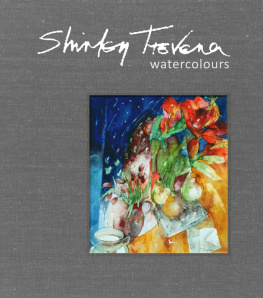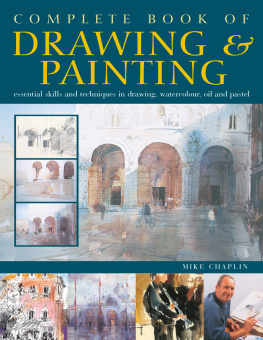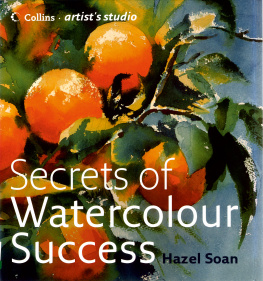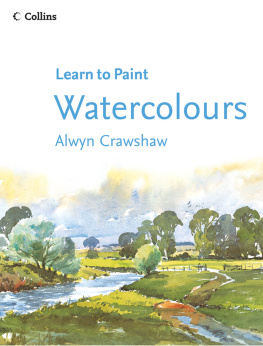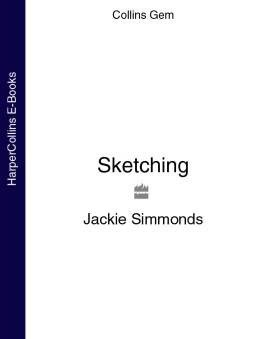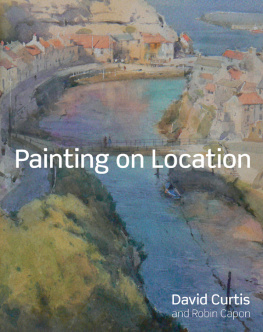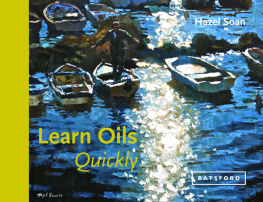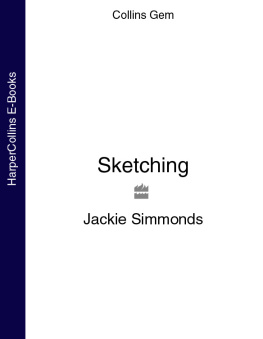
Drawing
The ability to draw well is one of the fundamental skills of an artist, since it underpins every painting that is concerned with depicting the world in a recognizable way. Even if you deliberately choose to distort the shapes of the elements in your paintings, you should do it from a position of knowing how to draw them realistically.
Drawing is a skill, and skills can be learnt, so dont feel that you lack all talent if you find your early attempts are frustratingly poor. If you follow the advice here on how to tackle line drawing, tone, texture and other technical aspects and practise constantly to improve your hand and eye co-ordination, you will soon become good at drawing. Learning how to draw, and indeed how to use other mediums, is just a matter of performing the same simple movements over and over again until they become natural and easy.
So dont be discouraged by the mistakes you will make they are all part of the learning process, and even if they go straight in the bin they will have been of use in teaching you what not to do. You may just want to draw sufficiently well to lay the groundwork for paintings, or you may wish to progress your drawings to the point where they are finished works of art in themselves. Whatever your eventual goal is, enjoy the journey to it!
Drawing tools
There is a very wide range of drawing tools available, but as a beginner you only need to know the basics about each particular medium. As your skills grow, you will be able to enjoy exploring the differences between various manufacturers products.
PENCILS
Pencils come in a range of grades from 9H (very hard) to 8B (very soft). When I want to make comments about tone as well as line I often work with a 6B, which, if sharpened frequently, is useful for both purposes. If you want to make a detailed drawing and then put tones in, a B and a 2B or 3B would be ideal. Most artists will generally have a 2B in their pocket for general use.

A pencil sharpened to a long point gives you line and tone.CHARCOAL
Like pencils, charcoal comes in a range of grades from hard to soft. It produces lovely crumbly lines and is ideal for smudgy, dynamic drawing. People tend to love or hate charcoal, but if even your initial reaction is the latter, do give it a try it encourages you to work with big gestural marks and is excellent if you want to loosen up your drawing, or simply to give yourself a change after a day spent doing a detailed piece of work.
Charcoal is messy to carry about and you might prefer to buy sticks encased in wood for this purpose. However, the line they give is more even and and you lose the delightful unpredictability of the bare sticks.
PENS
The traditional choice here is a steel nib on a holder. They come in a variety of sizes and are good for detail, but make it difficult to draw fluidly if you try to push away from you they will tend to dig into the paper, particularly if it has a rough surface. Fountain pens, biros and felt tip pens are handy to use, though only biros will produce permanent marks.
INKS
Water-soluble inks such as those used in fountain pens will dissolve in water to produce thin washes but will not be lightfast. For permanence, you will need the more expensive inks such as Rotring and Indian ink. Once these have dried they will not reconstitute with water so you can put washes over the top without disturbing them. For a softer line, dampen the paper first with clean water.

Inks are available in permanent or water-soluble form.CHALKS AND PASTELS
All the above mediums make dark marks on a lighter surface, but sometimes you may wish to draw light on dark. Ordinary school-room chalk is cheap and cheerful, and a large range of pastels is easily available (see ).
MISCELLANEOUS MEDIUMS
A quill is a delightfully traditional medium to use, and while it is dipped in ink like a steel nib it can be pulled and pushed in all directions so will allow you to draw more fluidly. Cutting an oblique end to a stick picked up in the garden will give you a tool that is capable of thick or thin lines, depending on the angle at which you are using it. An eraser can also be used for drawing by pulling white lines out of shaded areas. Try any implement you think might be suitable and see what marks it will make; there are no boundaries in art.

A stick with an obliquely sliced end will produce thick and thin marks.Paper
Paper is available in many different forms, and for your practice sketches you can even use cheap lining paper designed for walls. However, paper such as this will generally be made from wood pulp with an acid component and, like newsprint, it will quite swiftly turn brown if exposed to light. For drawings you want to keep, you have to look a little further up the range.

Today, most high-street stationers have an art department where it is easy to browse and read the back of the pads to discover what purpose the paper is made for. A pad of cartridge paper will supply your needs for the early stages of drawing. Confusingly, this may be described as wood-free, though it is in fact made of wood-pulp but with the acid taken out so that it will not darken and become brittle.
As you progress you will want to try different qualities and brands of paper which can be bought from art materials suppliers or even specialist fine paper shops. Cotton rag paper is the best quality, with longer, stronger fibres that will stand up better to washes and other techniques used by watercolourists that erode the surface. For drawing, the surface is more important, from very smooth paper that will take detailed work with the finest of pens to a rough surface for dynamic textural pieces. As a beginner, it is a good idea to make yourself a sketchbook from individual sheets of paper of varying surface held together with a bulldog clip, so that when you are starting a drawing you have to make a positive decision as to which type of paper will be most suitable for your subject.
Equipment
Art shops are stocked with all kinds of tempting equipment, but as a beginner it makes economic sense to keep tight hold of the purse strings until you discover what your particular needs are. Some items are necessary, of course, but often you can find inexpensive substitutes.
DRAWING BOARDS
You need something to rest your paper on, and a piece of thick hardboard from a DIY shop is perfectly adequate for the purpose. Alternatively, lightweight foamboard, which can be found in art shops, is excellent for field trips. When I am travelling I tape two pieces together, fold them to make a folio to keep my paper flat, then open them out to a double-sized drawing board when I want to work. Foamboard dents easily, but when it becomes too battered to use I just throw it away and buy a new piece.
Next page
